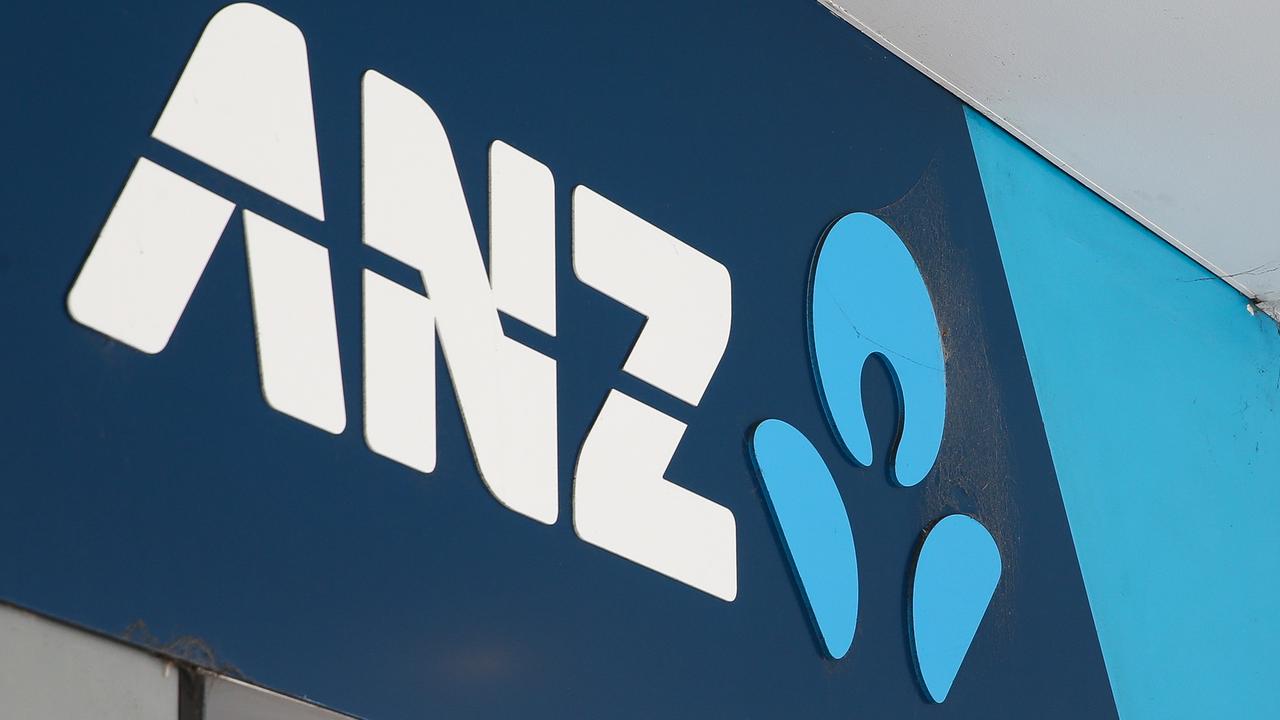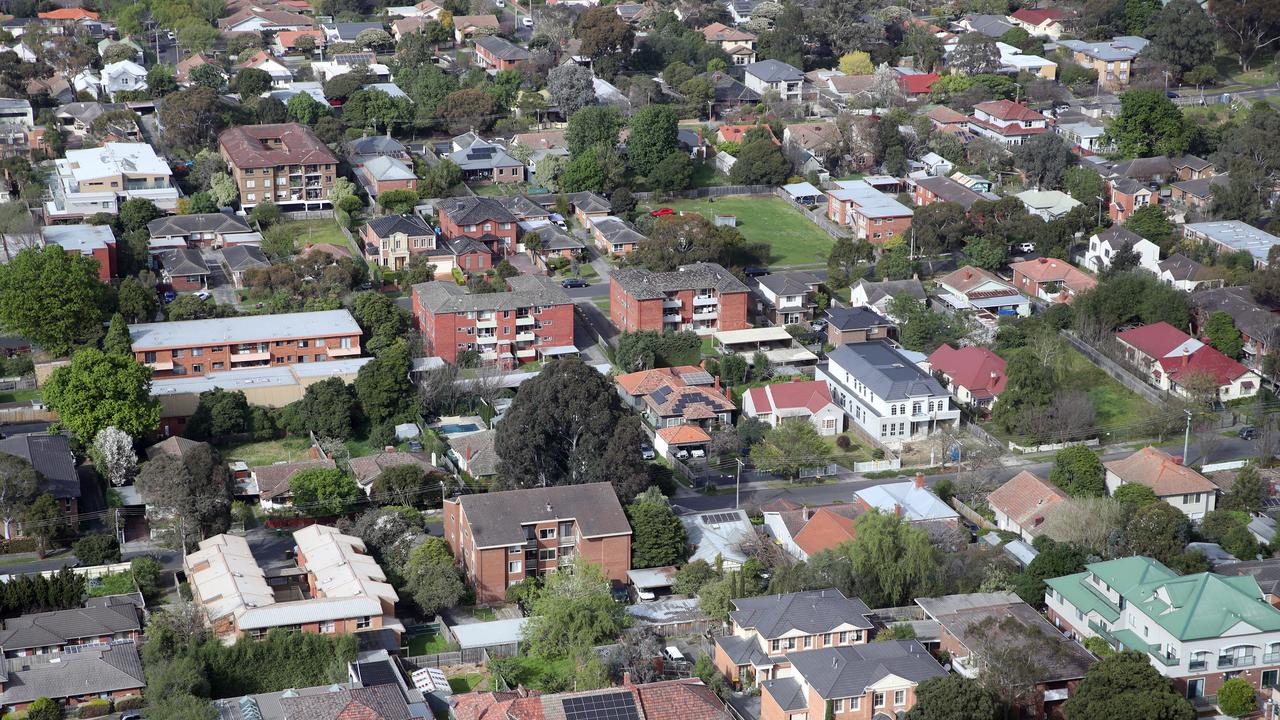How much house prices will rise in your city
Despite interest rates continuing to rise, house prices are expected spike further in 2023 and 2024, according to the National Australia Bank.
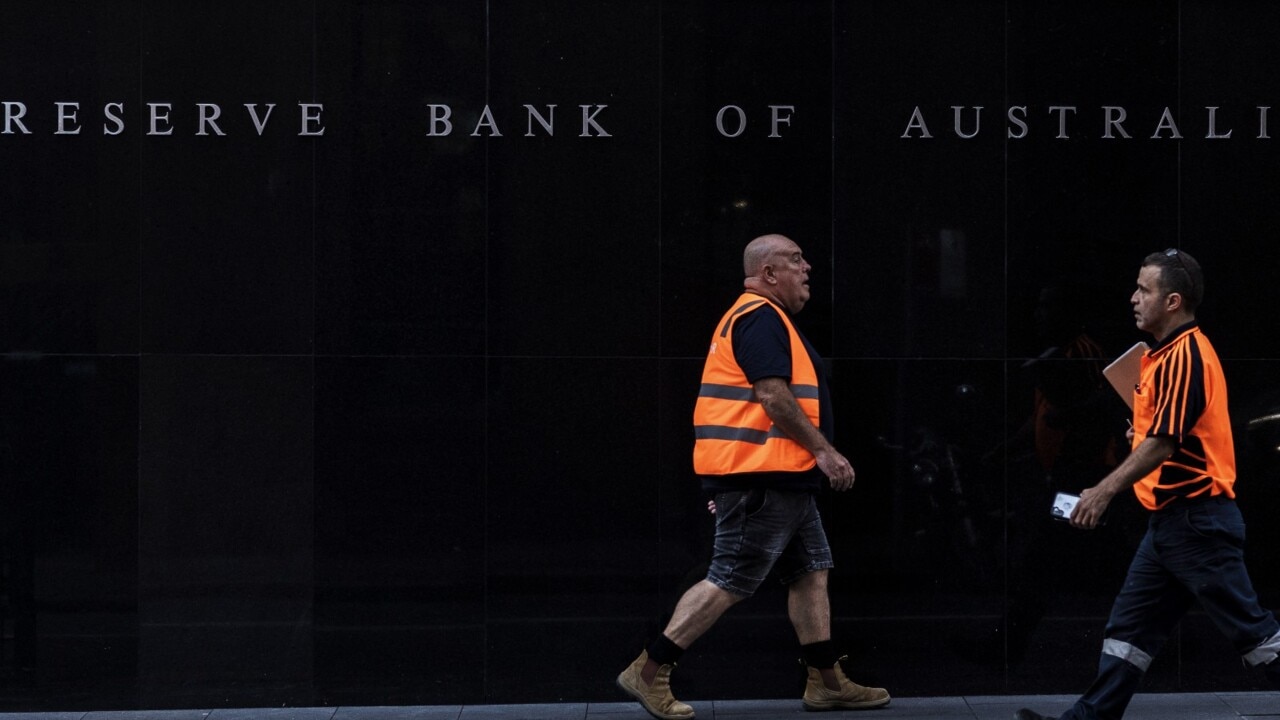
Sydney house prices are expected to rise by up to 12 per cent in the next two years, according to one of the big banks.
NAB is predicting that property prices in Sydney will rise by 6.9 per cent by the end of 2023, in numbers released in its latest residential property survey.
A further rise of 4.9 per cent is expected for Sydney prices next year, with the bank attributing the prediction to the demand/supply imbalance offsetting the effects of affordability issues due to interest rate rises.
Residential house prices in most of the Australian capital cities are also expected to undergo similar rises over the next 18 months.
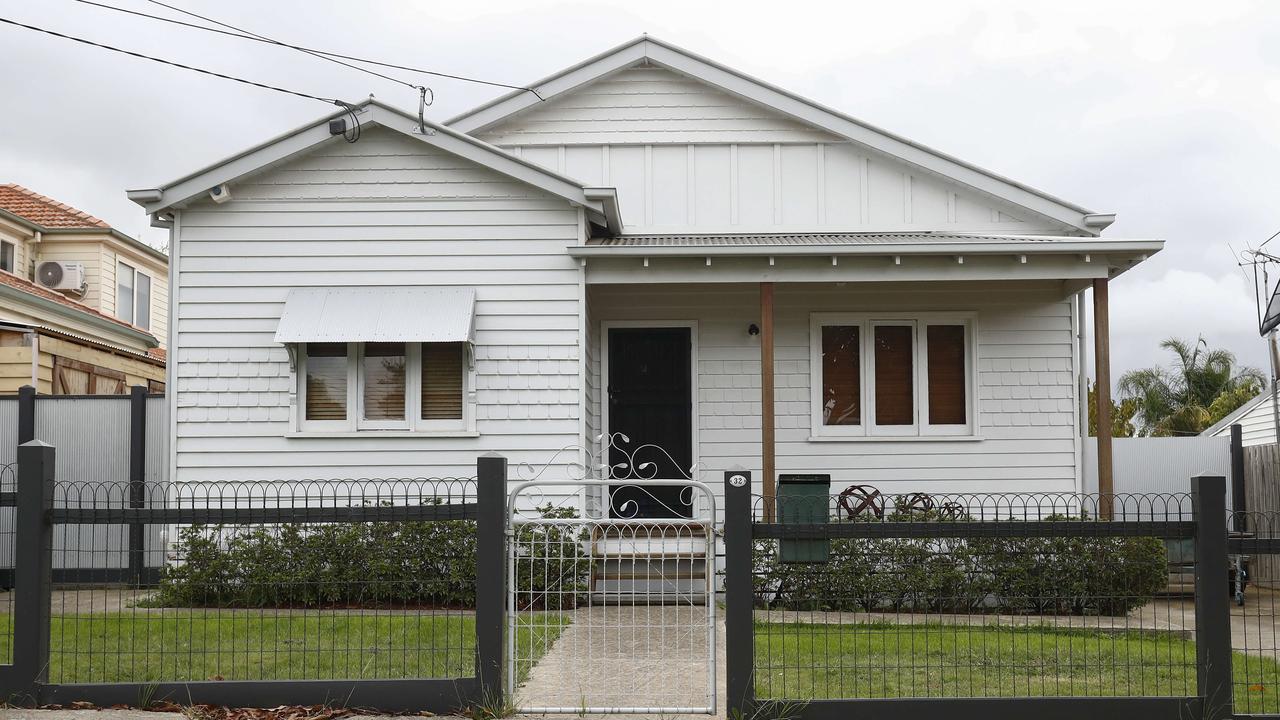
“We have revised up our expectation for dwelling prices based on the recent resilience and outlook for strong housing demand in the near term, while supply growth continues to be challenged by higher rates and supply side pressures,” NAB’s group chief economist Alan Oster said in the report.
“That said, we see the pace of price growth slowing in (the second half of 2023), with (capital city average) prices remaining broadly flat but ending the year around 4.7 per cent higher based on price gains in the year to date.”
The bank predicts a 2 per cent rise for Melbourne properties this year, followed by a 7.4 per cent rise next year.
Prices in Brisbane (5.4 per cent), Adelaide (3 per cent) and Perth (6 per cent) are also predicted by NAB.
Hobart prices are expected to buck the trend and fall by 6.4 per cent before remaining steady next year.
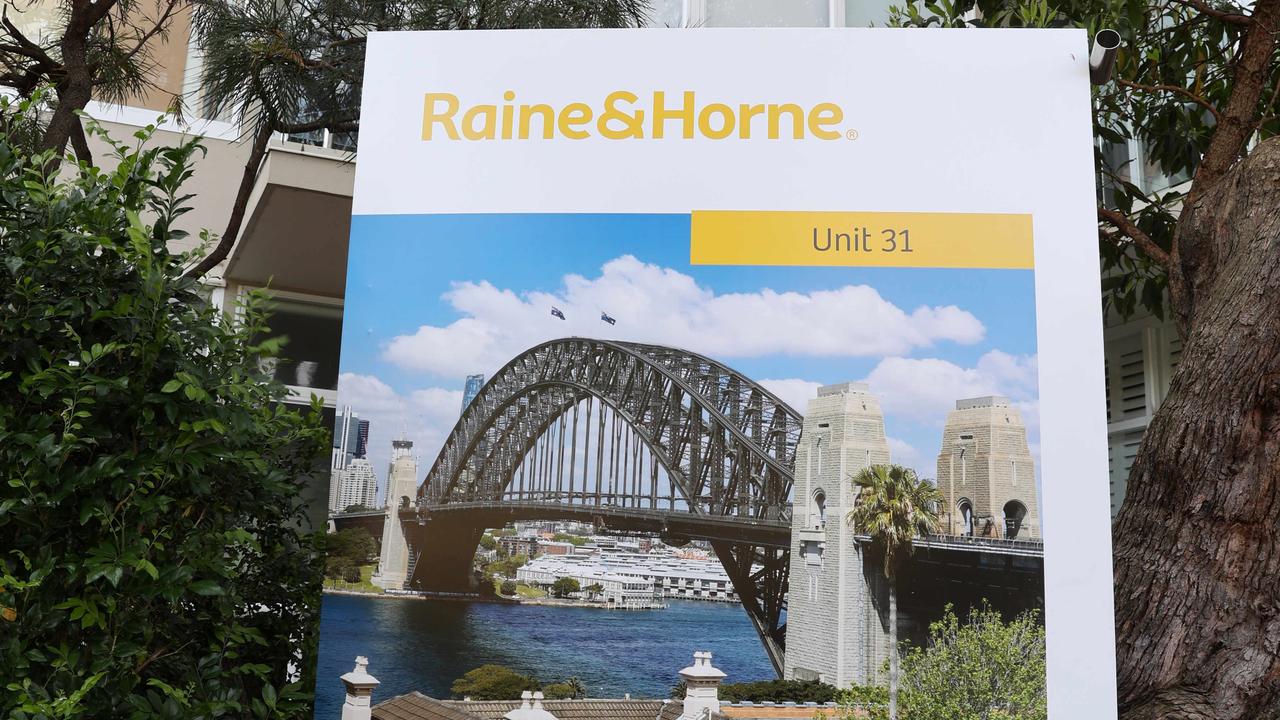
The bank is predicting the RBA will hike interest rates a further two times by September, taking the cash rate to 4.6 per cent, but suggested rates could start to drop as early as next year.
“We see the RBA lifting rates to 4.6 per cent by September, then staying on hold until 2024,” a statement from the bank read.
“That sees (national) property prices rise by 4.7 per cent this year and around 5 per cent next year as rate cuts begin to add some support.”
Mr Oster said inflation was expected to remain above target levels for another 18 months.
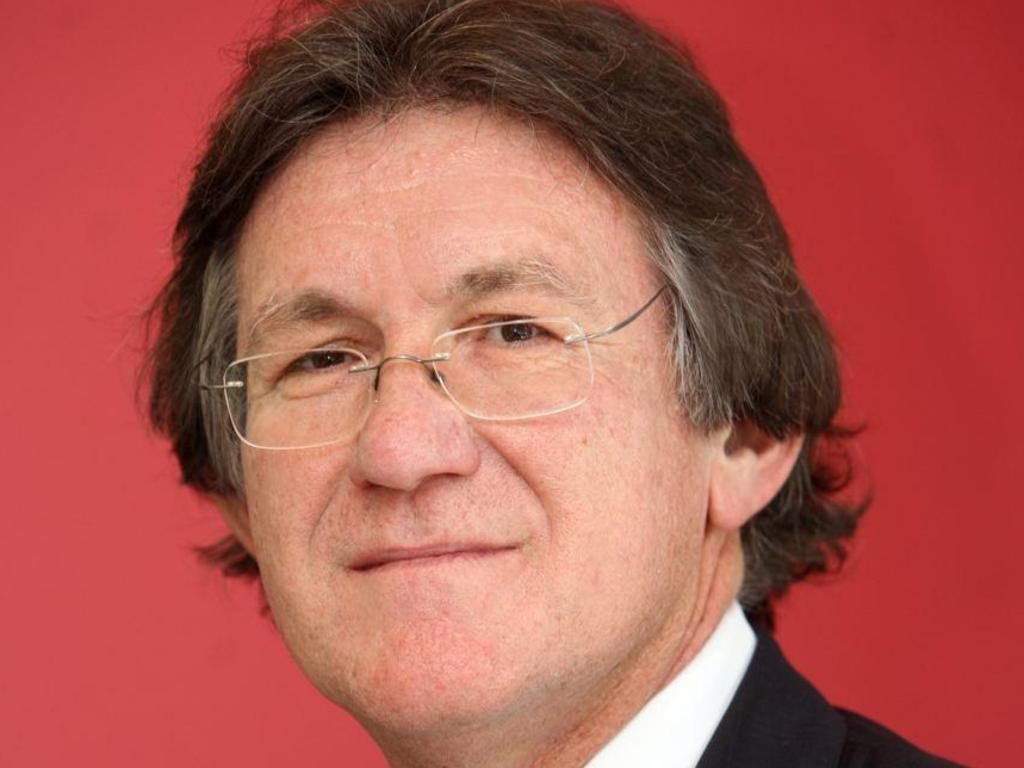
He said residential house prices remained strong, given the impact of rate rises on affordability, and are up 16 per cent on pre-pandemic levels.
“A strong rise in housing demand appears to have been a key support with population growth rebounding very strong since international borders reopened in early 2022,” he said.
“Population growth rose to 1.9 per cent by 2023, its strongest rate since 2008 and higher frequency data points to growth peaking at over 2 per cent this year.
“This, combined with the demand for additional floor space during the pandemic – which will likely take some time to unwind - has significantly added to demand while completions of new properties have fallen despite a large pipeline of work to be completed.”



